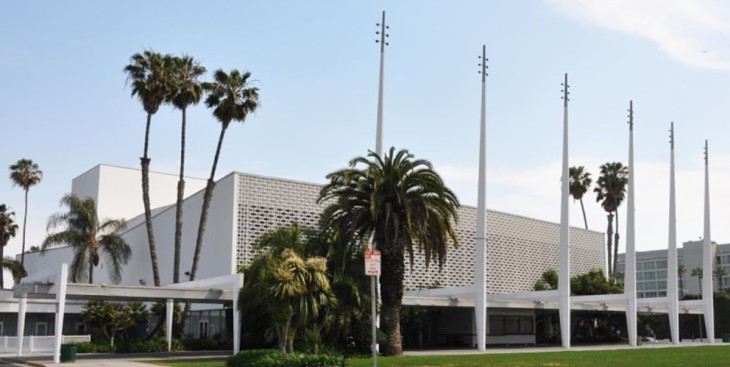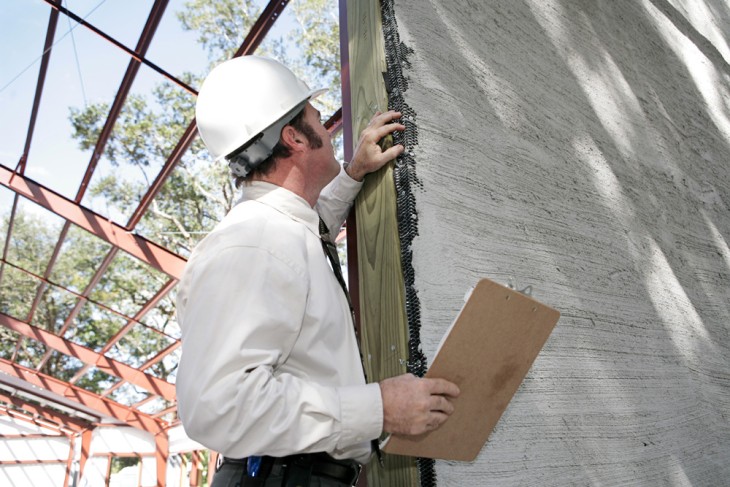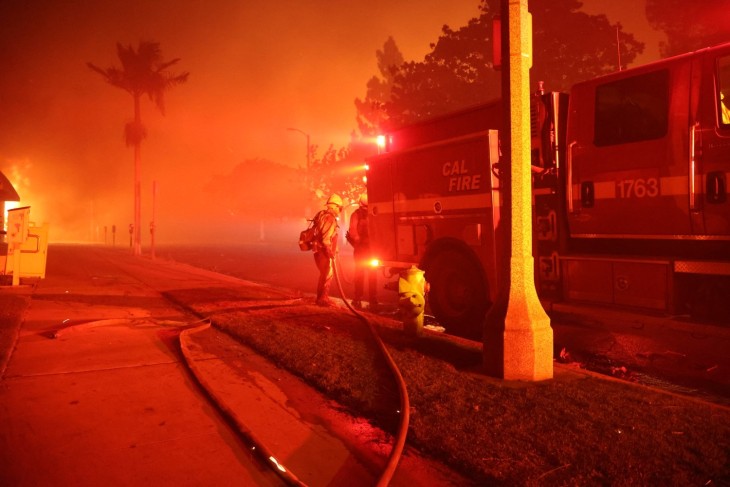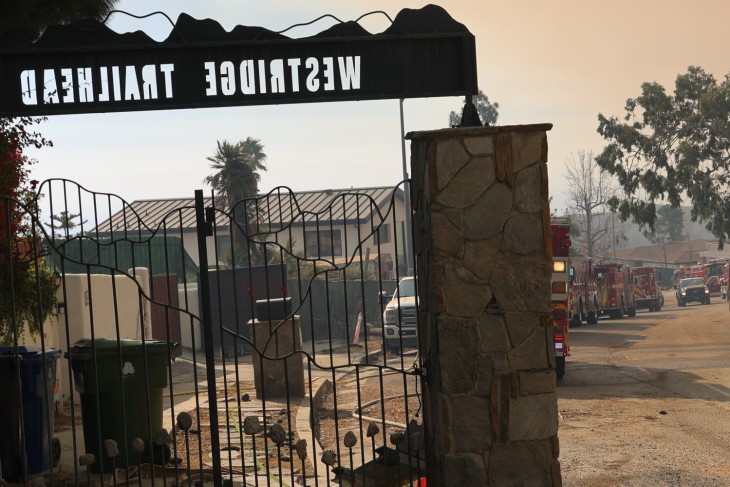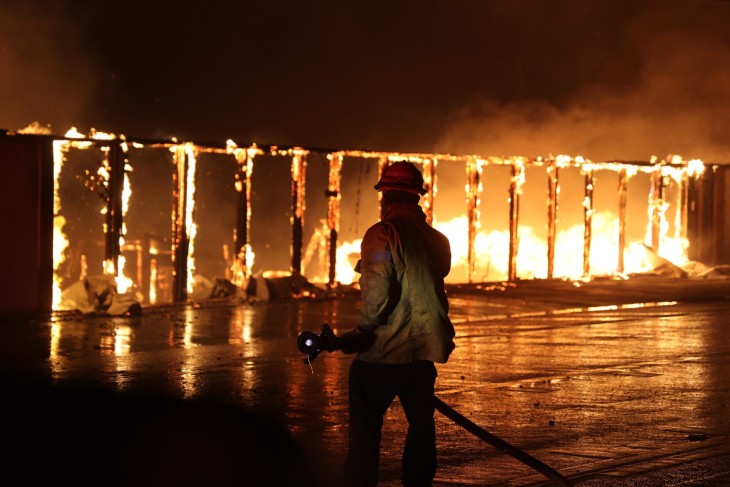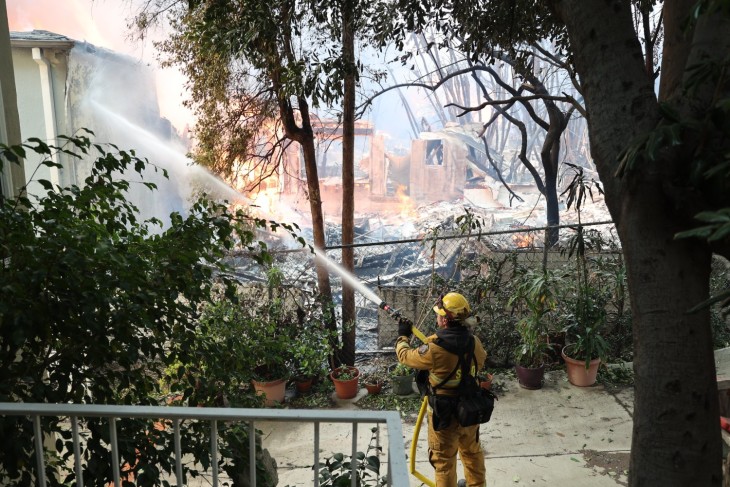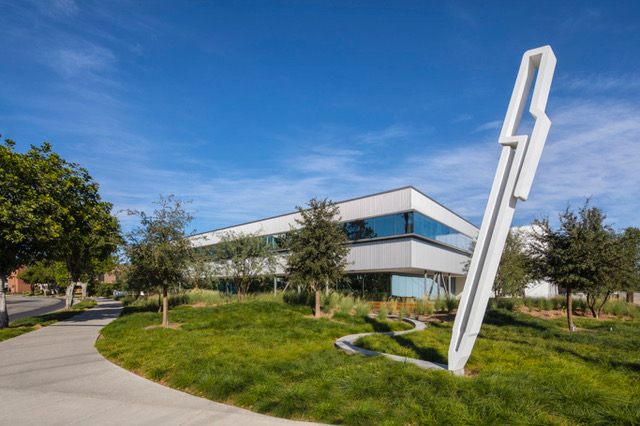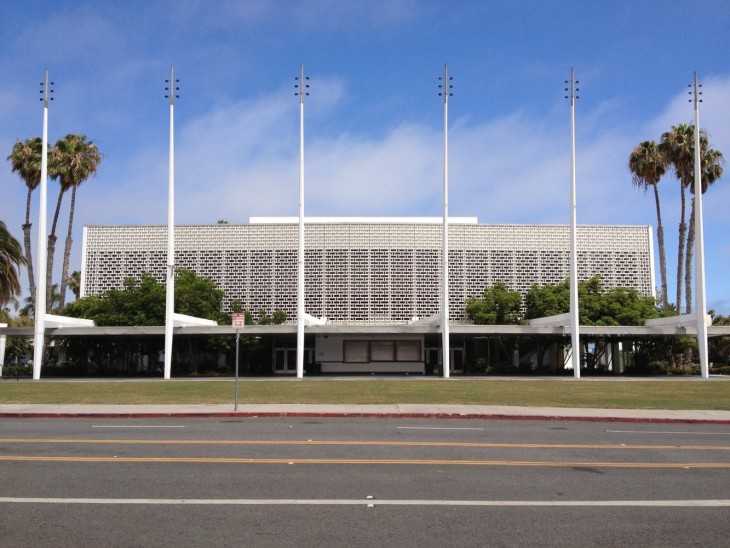It’s not uncommon to see facilities torn down and expanded because they are too small. Small buildings become larger ones to accommodate growth. Take the expansion over the last decade or so of St. John’s Medical Center in Santa Monica.
Of course with a hospital you are arguing for the indisputable need to better serve the health and wellness of more people. You don’t hear about a group of citizens trying to turn a hospital into a park because that hospital just can’t keep the beds filled and thus it is no longer serving the community.
But… can we imagine closing or changing a Santa Monica facility because, in specific and critical ways, it has become too successful?
I deeply apologize if it’s too soon to point out that the recent tragic crash of an eight-seat jet at the Santa Monica Airport could have been a significantly darker event had the plane’s failures not occurred after landing, but during approach. I’m sorry to even bring that up, because commercial airliners glide over residential and business areas 24/7 in their approaches to LAX.
Whether an argument concerning the safety of residents surrounding SMO is key – and it’s unquestionably a consideration – it’s probably not the singular factor that would shut down a busy airport and turn it into a park. Following that logic, we’d have to limit our freeways to just a few cars at a time traveling in each direction so that no two cars would ever hit each other. Or turn our ‘successful’ choked freeways into parks.
You’ll also have to excuse me for considering the question of closing the Santa Monica Airport in these wider and possibly naïve strokes, rather than parsing out such things as the impact the airport has on air pollution and stress for residents living adjacent to it. But as demonstrated by our Congress, this appears to be a time wherein severe broad stroke action can be taken and it will sit with the public as ‘the right thing to do.’
Put another way, whatever your side in the matter of our airport, you can’t say that a proposal to close SMO is in any way more belligerent or simple-minded than the actions taken by our own Congress at the end of September.
But as I pointed out at the top, you rarely close down public facilities or a municipal service center because they have been too successful. And yet I think that the citizen groups working to close SMO have a case on two separate platforms.
First there’s what we might call the WalMart Perceivable Impact factor. In the case of the Santa Monica Airport, the airport was already built and has operated for a long time. With WalMarts, communities perceive that nothing good for their Main Street businesses will come from the encroaching construction of a WalMart. But think of SMO as a kind of Main Street local business that was embraced when it processed a smaller volume of traffic.
Then one day citizens awoke to find that a WalMart airport was in their backyards. Swap-out the impacts, substituting economics for the environment, the safety of neighborhoods and the tranquility stolen by planes landing and taking off… and there’s something worth pondering.
The second platform is whether a community, any community, can exert power over its own future in the pursuit of a higher quality of life. As I type that, it seems fair and logical enough. And for the sake of promoting dialogue about SMO, I’m going to just ‘go’ with the notion that SMO as a park would improve quality of life in Santa Monica. But, do citizens even get to exert that kind of power and control in present day America?
This may not be the perfect analogy, but review the various near epic legal battles over the construction of dams and electric power stations that were perceived to negatively impact wildlife and the environment. At a certain point in those proceedings, you’d have at least one exasperated representative from the power company blustering “Are you people saying that we don’t need more electricity?!? “
The Santa Monica Airport was needed when it was built, and it has never stopped serving a need. But its service began before the proliferation of corporate jets. It began in a time where there was a considerably lower volume of air traffic. And while this part feels as though I’m almost bursting into a Woody Guthrie song, it began at a time when citizens didn’t as often collectively exert themselves to control the quality of their own lives and neighborhoods. Perhaps a new day has dawned.



